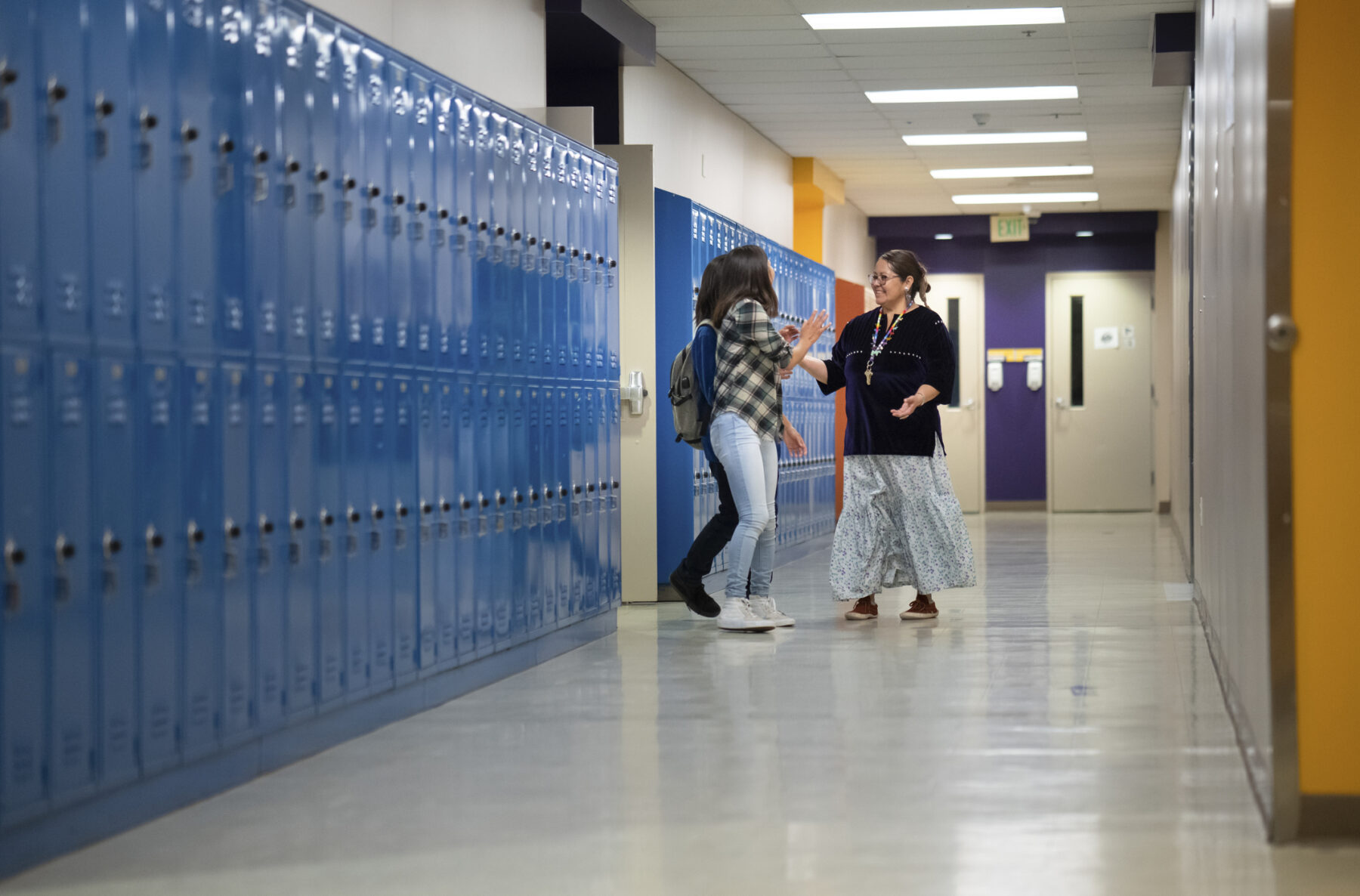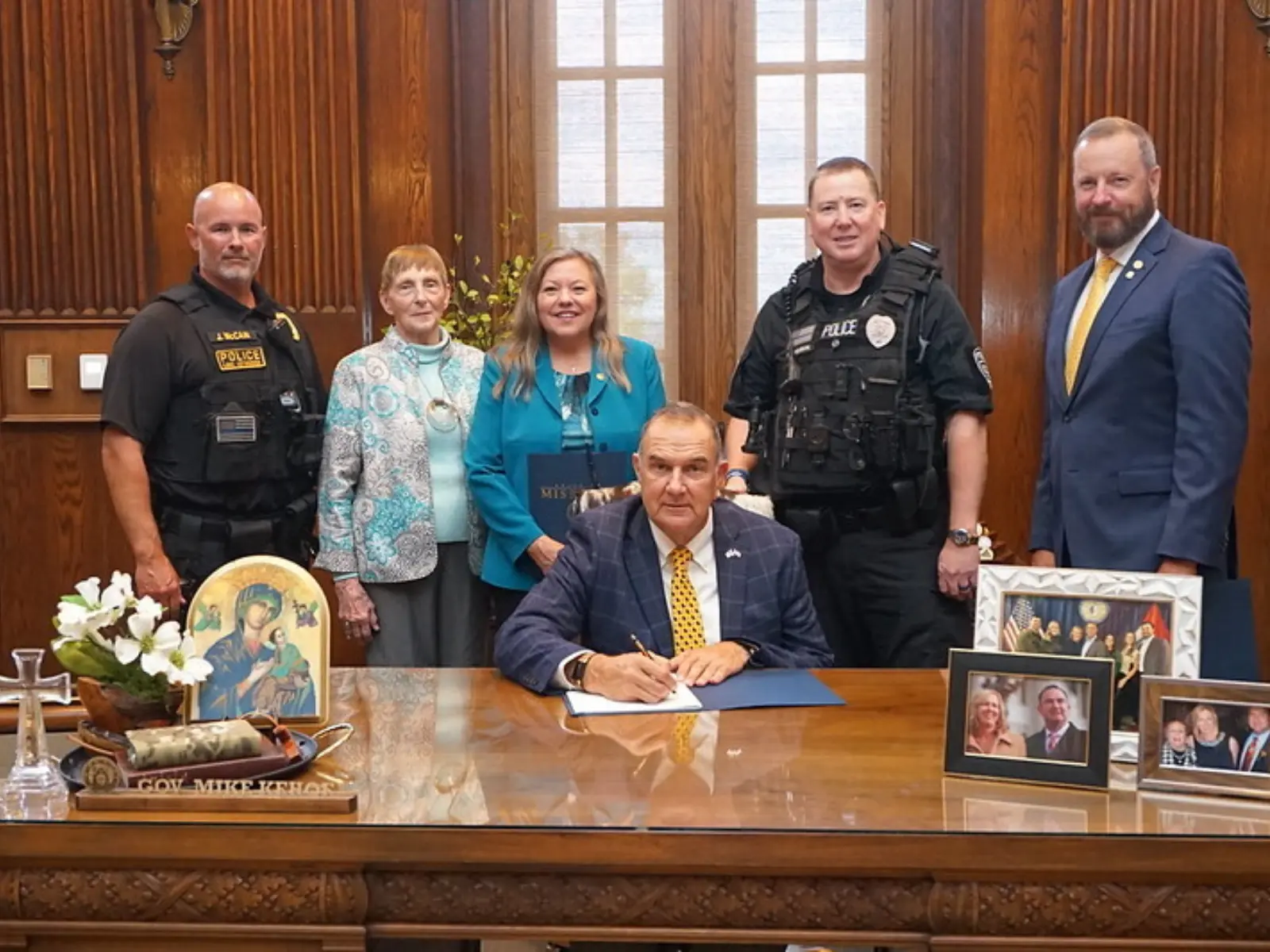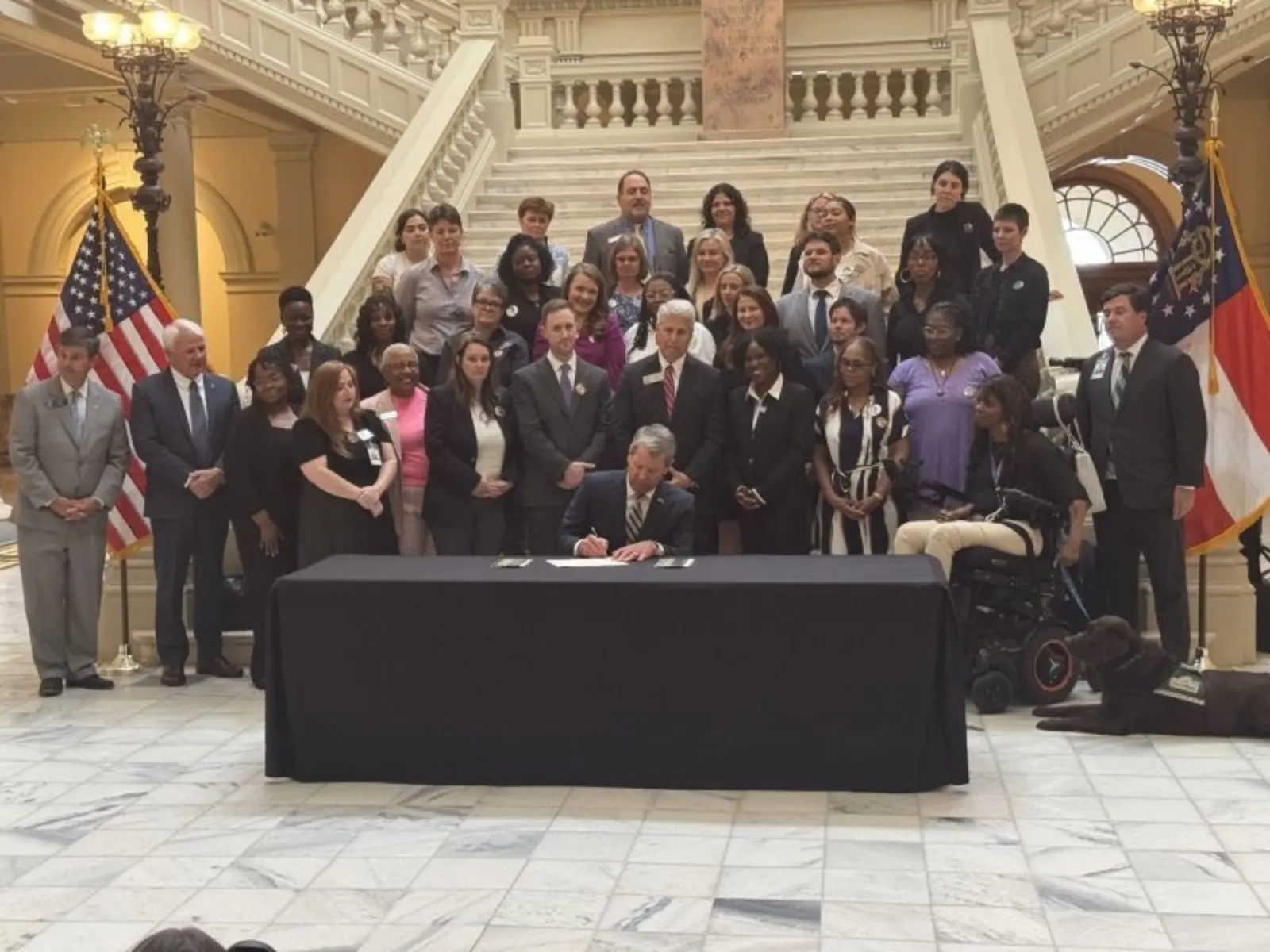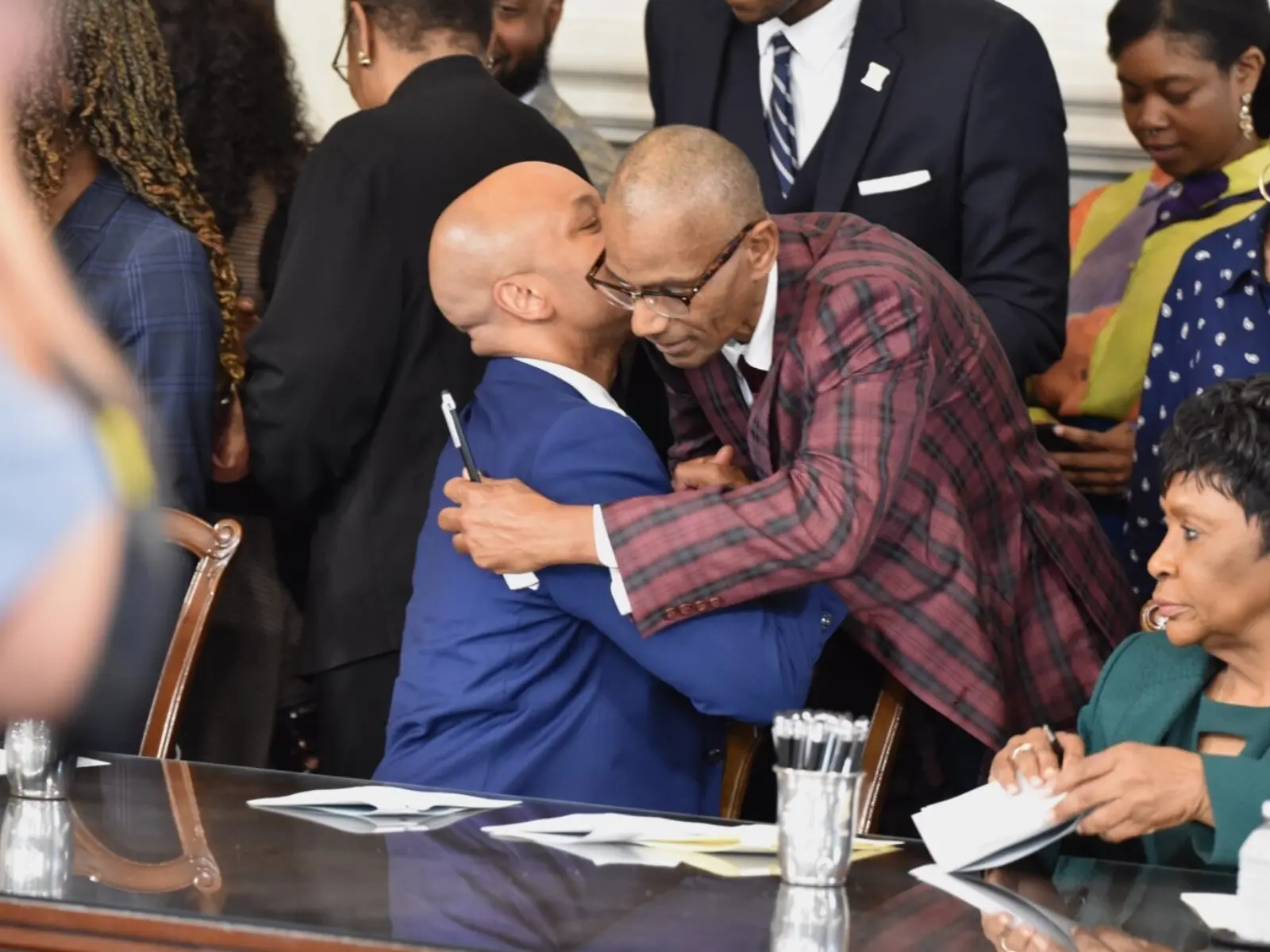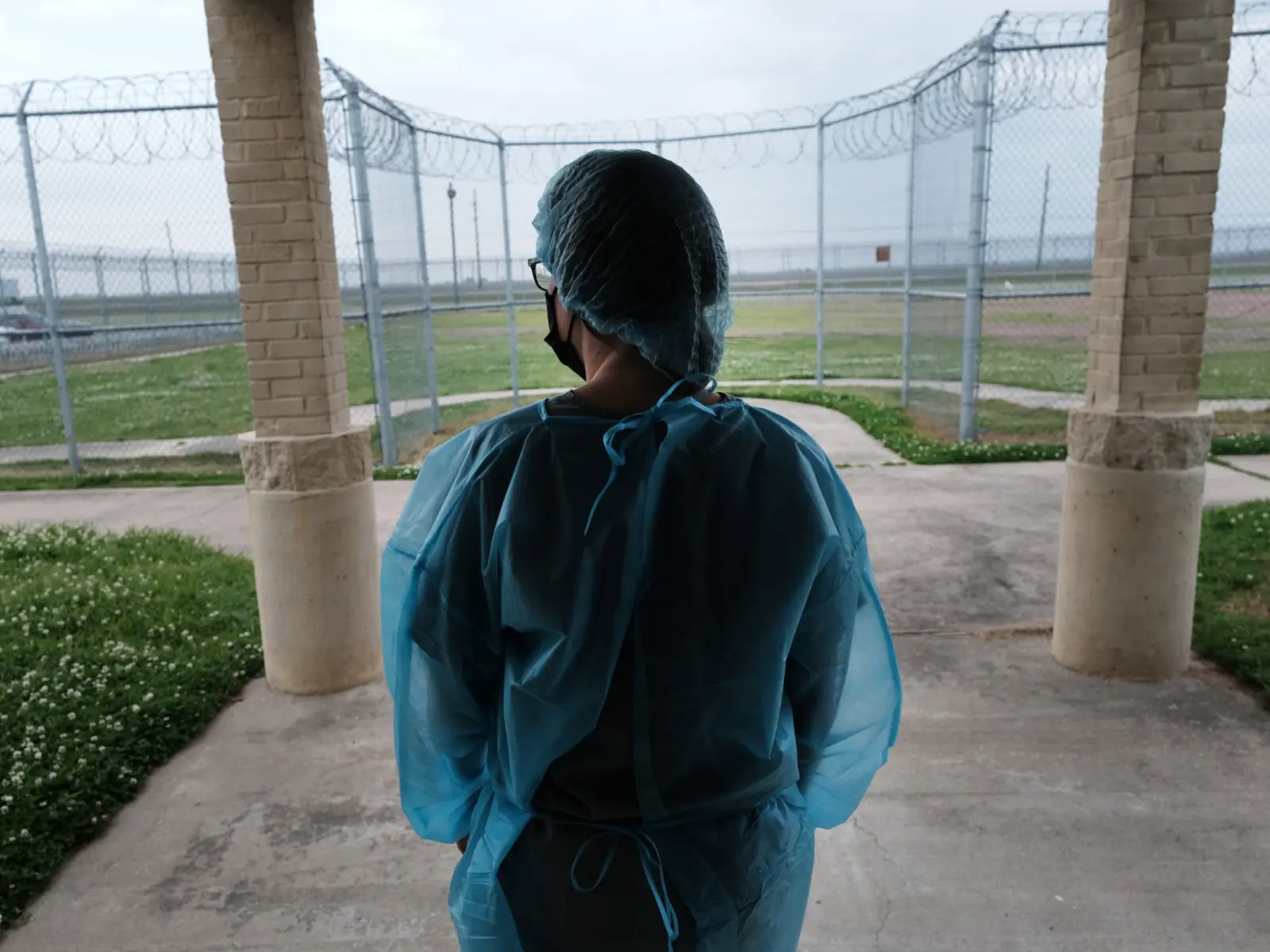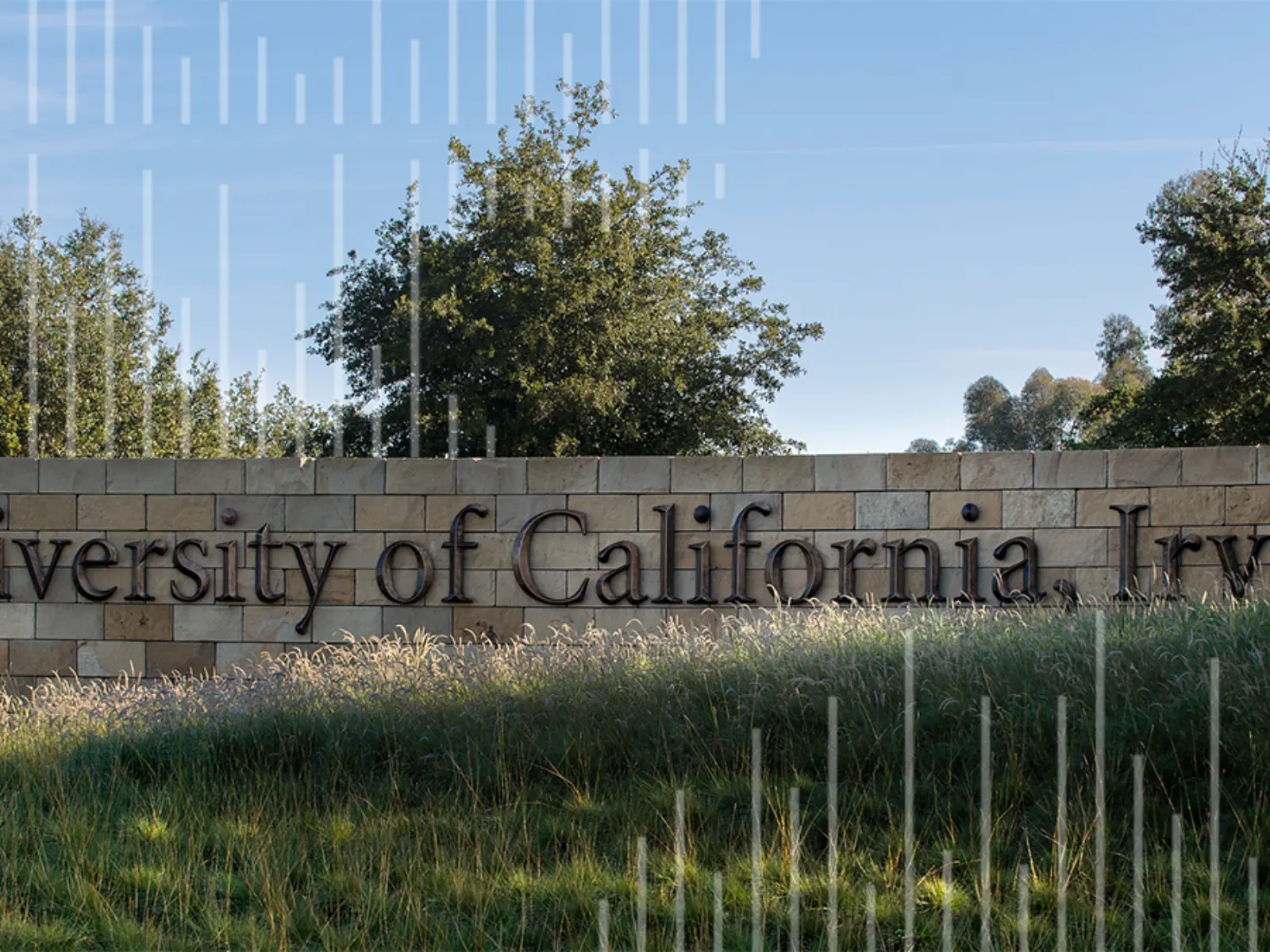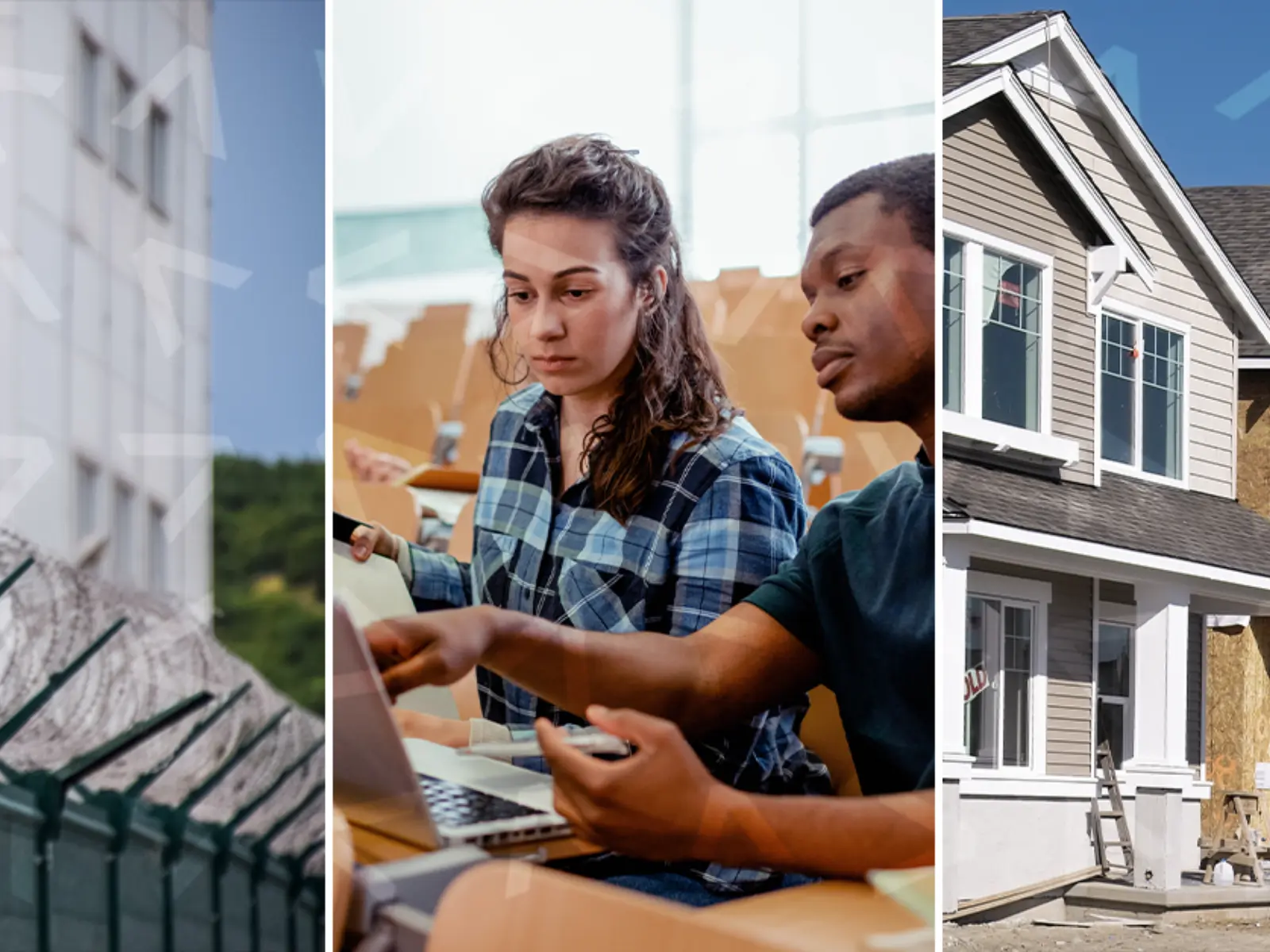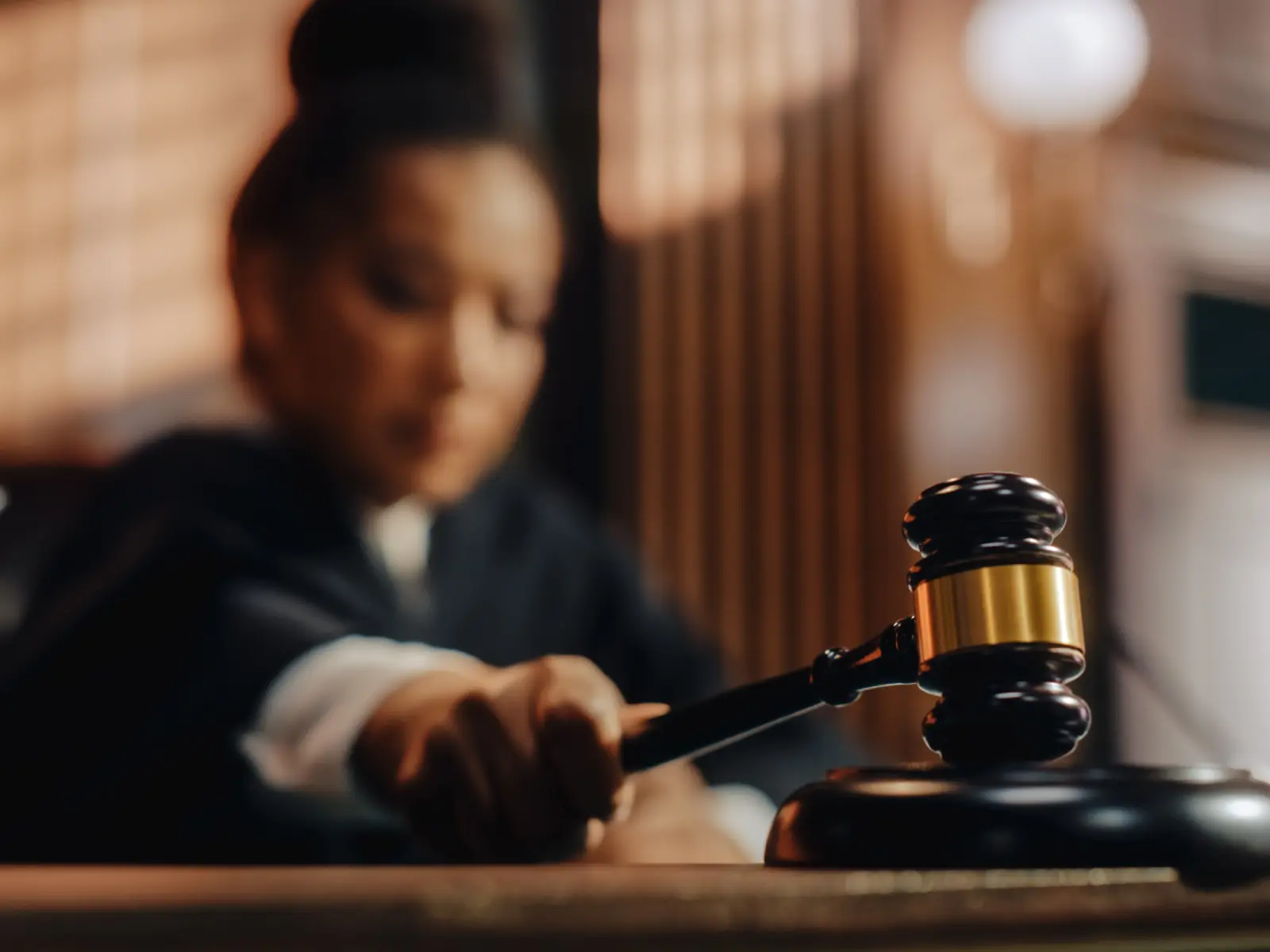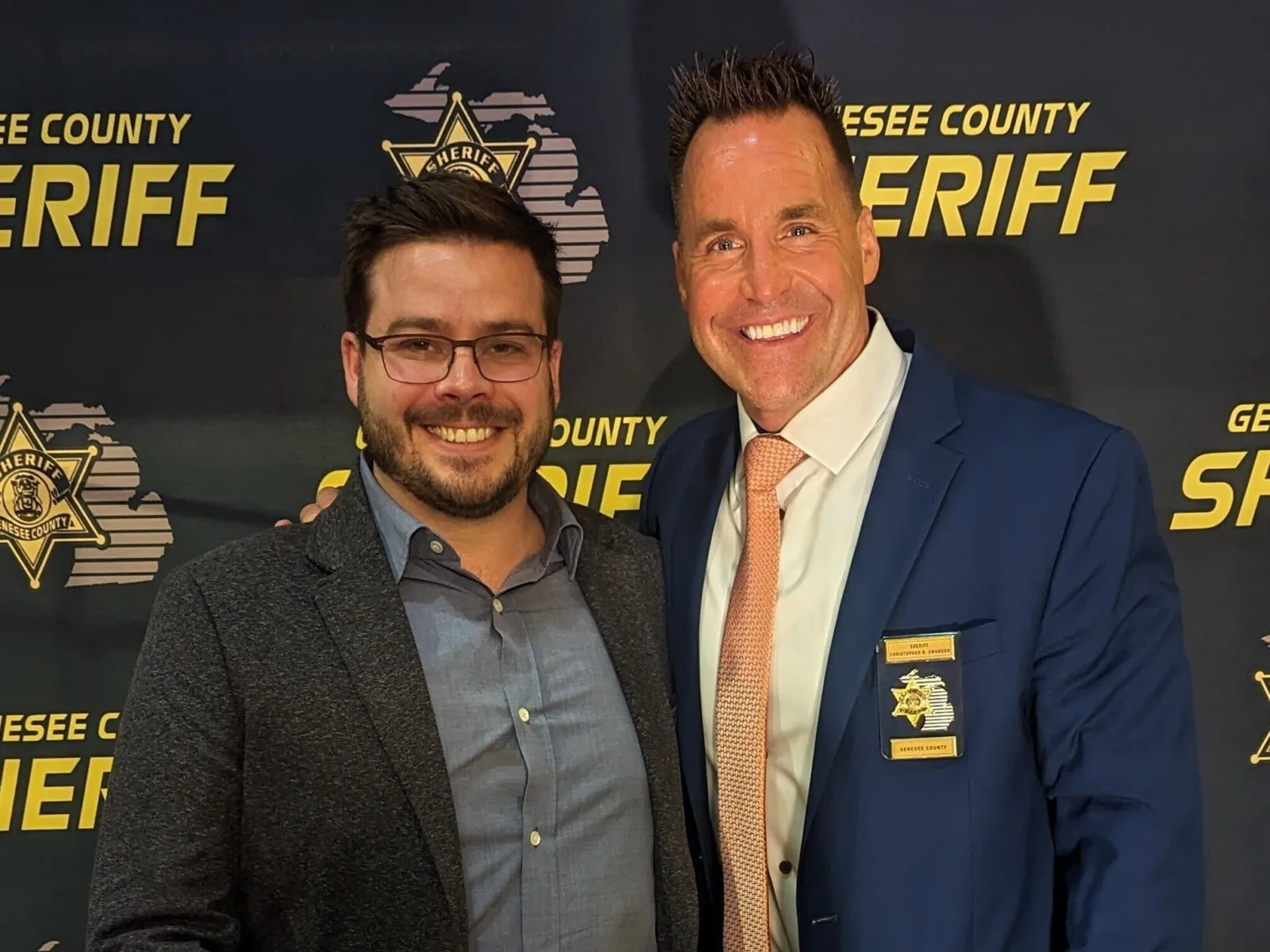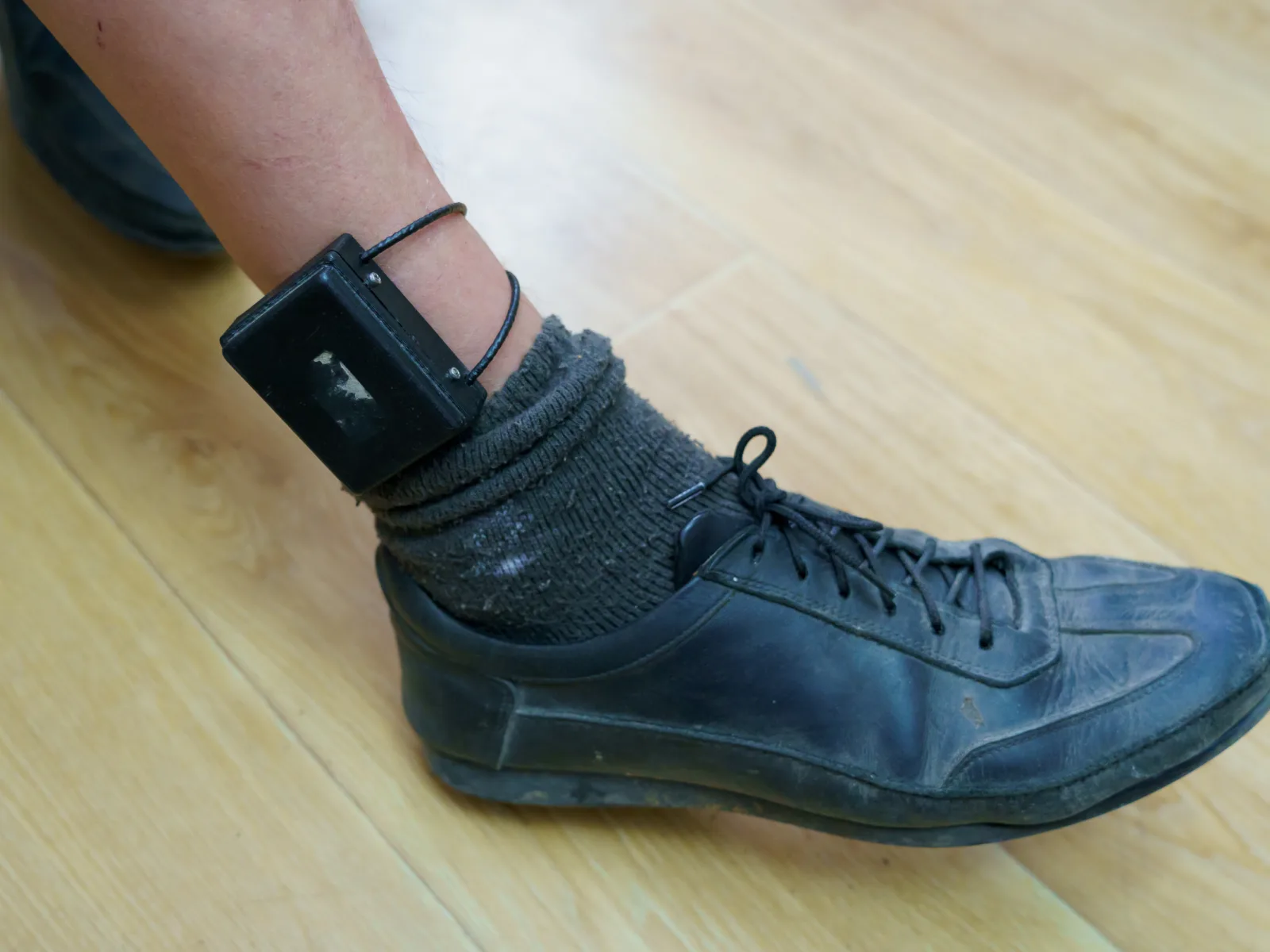Suspensions and expulsions from school can harm children, such as by leading to higher rates of criminal justice involvement. Moreover, these disciplinary actions often disproportionately affect children of color. Because of this, many public schools are beginning to reconsider punitive discipline.
One new approach, “restorative justice,” seeks alternative solutions to conflicts and misbehavior. These programs do not focus on the removal of students from school. Instead, they promote logical consequences intended to repair harm caused by the undesirable behavior. While numerous schools have experimented with restorative justice, little is known about its impacts and effectiveness.
Arnold Ventures (AV) is supporting a study that evaluates school-based restorative justice practices in Chicago Public Schools (CPS). Researchers Anjali Adukia (University of Chicago) and Benjamin Feigenberg (University of Illinois at Chicago) recently produced a paper (joint with Fatemeh Momeni, University of Chicago) that shows results across a range of student outcomes, including encouraging effects on suspensions, school climate, and arrests.
“A large proportion of school-age youth who become involved in the criminal justice system do so after they stop attending school regularly or drop out altogether,” says Josh Jackson, criminal justice research manager at AV. “CPS’ use of restorative justice is an intriguing approach that provides justice for those affected by delinquent behavior while keeping all students in schools, making it more likely that they graduate and avoid anti-social behavior in the future.”
AV talked with Adukia and Feigenberg about disparities in, and the impact of, punitive school discipline and whether restorative justice can help.
This conversation has been edited for clarity.

Arnold Ventures
What is restorative justice and how have Chicago’s schools been using it?

Anjali Adukia
Over the last five decades, there has been a massive increase in the use of exclusionary discipline in schools, including expulsions and suspensions. It has a disproportionate impact on Black and Latino children, and there is growing evidence that these types of strict approaches make kids less likely to complete school and more likely to be incarcerated. At the same time, classroom management and discipline are some of the hardest parts of a teacher’s job. There is often a perceived trade-off. Do we suspend or expel kids and potentially cause them harm? Or do we keep them in the classroom and potentially cause their classmates harm?
In 2014, CPS began implementing restorative justice practices in schools. But CPS recognized that they did not have enough in-house capacity to roll this out on their own. So, two to three days a week, they brought in experienced coaches to train administrators and teachers on implementing restorative justice. For example, you may have a student who drew all over the walls. They might put the student in a “peace circle” with the custodian who had to clean it up. The student would have to hear how that impacted the custodian. And maybe the student needs to apologize, or they come up with a logical consequence together.

Arnold Ventures
How did you become interested in restorative justice?

Anjali Adukia
I was first introduced to the idea in grad school. I had always been interested in how we shape behavior, but it felt like a lot of practices out there were based on popular sentiment and personal experience, as opposed to being based on evidence that the practices accomplished the intended goals. The idea behind restorative justice is clear: It’s about repairing harm for everyone involved in a situation: perceived offenders, victims, and bystanders. When we talk to educators, many of them really want to figure out better approaches, and we have been inspired to see school districts trying something brave and different.

Benjamin Feigenberg
I came at this from the criminal justice system perspective. I had been researching sources of racial and ethnic disparities in the justice system and trying to understand the promise of more rehabilitative, less punitive approaches. While there is some work on restorative justice in the criminal justice context, I saw parallels in the field of education, and it seemed like a natural setting to build on prior evaluation work.

Arnold Ventures
What has your research found?

Benjamin Feigenberg
At first, CPS could not implement restorative justice in all the schools that were seeking training, so they rolled the program out over several years. That gave us a natural opportunity to capture the causal impact of school-wide adoption. We could look at how student outcomes evolved if they were enrolled in schools that adopted restorative practices as compared to the outcomes of those who were not.
First, we found a significant 18% decline in out-of-school suspensions. That may not be surprising in the sense that teachers were being told not to suspend students. So, we tried to understand whether the effects of restorative practices went beyond that impact. Particularly encouraging is that we saw declines in juvenile arrests, not just in school but outside school hours. We also saw evidence that students are changing how they deal with conflict. There was suggestive evidence of improvements in school climate, including improved perceptions of school safety and a sense of belonging at the school.
One concern among people who are more supportive of status quo discipline is that restorative practices are not a deterrent. They worry that without strict punishment, students will be less responsive, and by not removing them from the classroom, you allow continued learning disruptions. But when we tested academic outcomes, we found that restorative justice did not have a significant negative impact on test scores or other measures.
Overall, it is an encouraging set of results.

Anjali Adukia
Additionally, we found particularly pronounced effects for Black male students, a group who is most likely to be affected by suspensions and other forms of punitive discipline, so this result seems very promising. The reports of increased teacher-student trust are also substantial. It also seems that students new to a school setting (9th and 10th graders) are more likely to respond to restorative practices compared to their older counterparts (11th and 12th graders), consistent with the establishment of and persistence of norms setting expectations and shaping behavior.

Arnold Ventures
What are the potential impacts of these results, and what comes next?

Benjamin Feigenberg
This study suggests that exposure to restorative practices may have really important longer-run impacts on arrest rates and other outcomes. With support from AV, we are now moving into phase two of this project, which includes studying those longer-run impacts. Does exposure to restorative practices lead to increases in high school graduation? In post-secondary enrollment and success? Ultimately, does it reduce engagement with the adult criminal legal system?

Anjali Adukia
We do not have great estimates for a proper cost-benefit analysis. It is undoubtedly expensive to put a restorative justice coach into schools. But there is also a significant cost to the community of a student being suspended, disconnecting from school, potentially getting into trouble, maybe gaining a criminal record.

Arnold Ventures
Why is rigorous research important in designing policies and programs for the public good?

Anjali Adukia
We have to understand whether approaches like restorative justice work, for whom, and under what conditions. One thing is clear: optimal design is really important. Some school districts implementing restorative justice do not have ongoing professional coaching, only one training here or there. Other places focus on training students instead of teachers. When it comes to questions about safety, we need to understand what works.

Benjamin Feigenberg
People can raise valid concerns about trade-offs. In this case, after the pandemic, teachers and parents perceived rising misbehavior and disruption. They were deciding what tools to use to address that. Some parents were advocating for a more punitive approach, and some wanted a more reparative one. The beauty of research is that we can be totally agnostic and see whether there’s a trade-off to using restorative practices. The goal is to generate evidence for the public, policymakers, and administrators, so that they can make decisions that do the most good.

